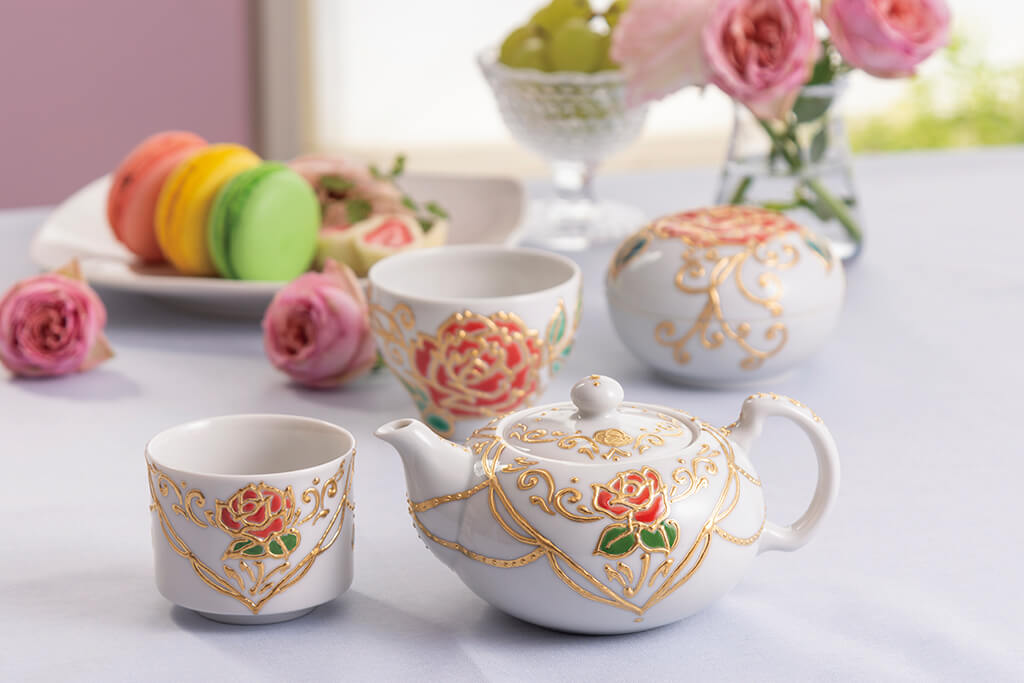▶️ Uses:
They are mainly used for drinking green tea, sencha, hojicha, etc. They are widely used in daily life
▶️ Features:
They generally have no handles and are upright in shape. This allows you to hold the hot tea as if wrapping it in your hand.
They have a capacity of about 100ml to 200ml and are often smaller than a tea bowl.
The materials are usually pottery or porcelain, and the design is simple and practical.
They are often used in a set with a tea tray, and their placement on the tea tray enhances the atmosphere of the tea.
They are widely used in homes and restaurants, and are also used on a daily basis outside of special occasions.













